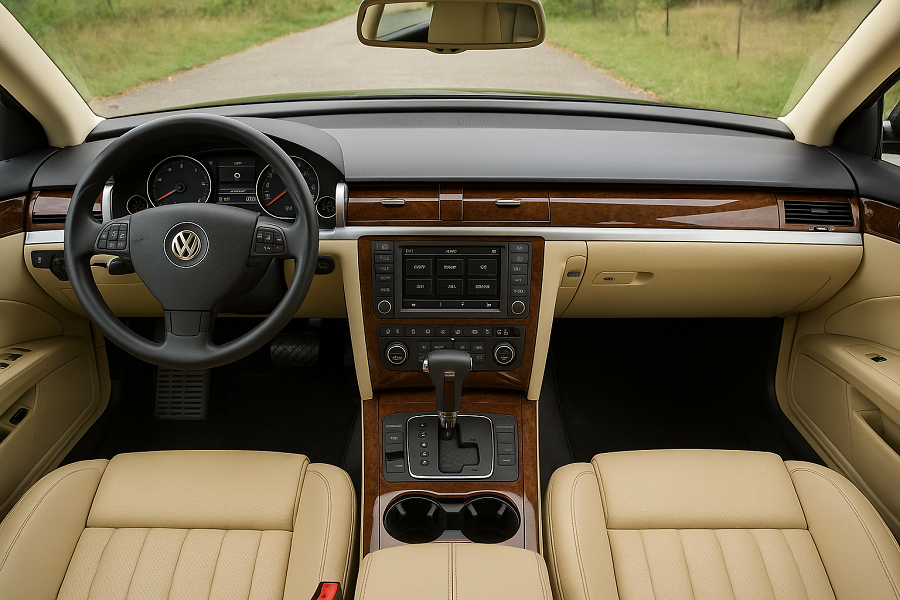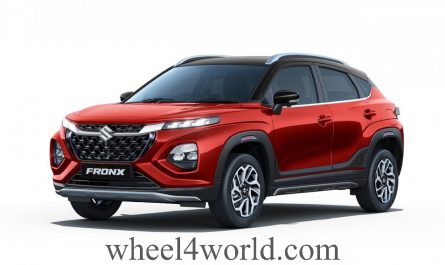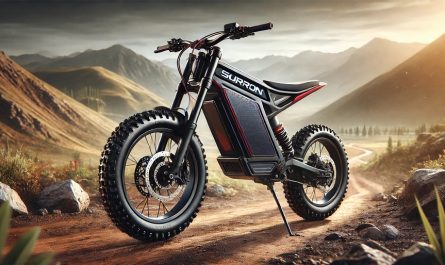Introduction
The Volkswagen Phaeton is one of the most fascinating luxury sedans ever built—and also one of the most misunderstood. Launched as Volkswagen’s bold entry into the premium segment, the Phaeton combined German engineering brilliance with features that rivaled the likes of Bentley and Mercedes. It wasn’t just a car; it was an over-engineered statement. From its whisper-quiet cabin to its W12 engine, this flagship sedan was designed to impress. But despite its innovation and elegance, it never quite captured the market’s attention. So, what made the VW Phaeton special—and why did it struggle to succeed?
The Birth of the Phaeton: Ferdinand Piëch’s Vision
The Volkswagen Phaeton was the brainchild of Ferdinand Piëch, the VW Phaeton 2016 chairman who wanted to prove that Volkswagen could build a true luxury car. His goal? A sedan that could cruise at 300 km/h in summer heat while keeping the cabin at 22°C. Built on the same platform as the Bentley Continental, the Phaeton wasn’t just premium—it was revolutionary. This bold move set the tone for VW’s push into the high-end market.
Design & Engineering Philosophy
Piëch’s vision wasn’t just about luxury—it was about overachievement. The Phaeton pushed engineering limits few dared attempt.
Key over-engineered features:
- Cabin insulation so advanced, road noise was nearly eliminated.
- 4-zone climate control with rear-seat independent settings.
- Body stiffness exceeding that of the Audi A8.
- Adaptive air suspension and 4Motion AWD as standard.
The result? A car that felt like a Bentley but wore a VW Phaeton for sale badge.
Volkswagen Phaeton Models and Variants
Volkswagen offered a variety of Phaeton models globally, each tailored for luxury and performance enthusiasts.
Main Variants:
- V6 Petrol (3.2L & 3.6L)
- V8 Petrol (4.2L)
- W12 Petrol (6.0L)
- V10 TDI Diesel (5.0L)
- LWB (Long Wheelbase) models for executive rear-seat comfort
Some trims came fully loaded, while others offered region-specific tuning (like the Chinese market LWB models).
Interior and Features
The Phaeton’s interior was where it truly shined, offering features often seen only in ultra-luxury brands.
Highlights:
- Hand-stitched leather and wood trim
- Massage seats with ventilation and heating
- Pop-up infotainment screen
- Customizable ambient lighting
- Multi-layer laminated windows for insulation
Passengers enjoyed an executive-class experience, whether sitting in front or back.

Engine Performance and Driving Dynamics
Despite its hefty weight, the Phaeton delivered solid performance, especially in higher trims.
| Variant | Engine | Horsepower | 0–100 km/h | Top Speed |
|---|---|---|---|---|
| V6 3.2L | Petrol | 241 hp | 9.2 sec | 240 km/h |
| V8 4.2L | Petrol | 335 hp | 6.9 sec | 250 km/h |
| VW Phaeton W12 6.0L | Petrol | 420 hp | 6.1 sec | 250 km/h |
| V10 TDI 5.0L | Diesel | 313 hp | 6.9 sec | 250 km/h |
The standard 4Motion AWD and adaptive suspension provided a smooth, planted ride under any conditions.
Sales & Market Reception
Though praised by journalists and enthusiasts, the Phaeton struggled in global markets—especially in the U.S.
Key reasons for poor sales:
- Buyers weren’t ready to pay $70,000+ for a VW badge.
- It lacked the brand prestige of Mercedes or BMW.
- Marketing failed to highlight its innovation.
However, it performed better in Europe and China, where badge loyalty was less of an obstacle.
Pricing, Value & Depreciation
At launch, the Phaeton was priced between $65,000 and $100,000 depending on the trim. Today, it’s considered a used luxury bargain.
Depreciation Curve Example (W12 Model):
| Year | Approx. Price (USD) |
|---|---|
| 2006 | $95,000 |
| 2015 | $25,000 |
| 2024 | $12,000–$18,000 |
The Phaeton depreciated heavily but offers incredible value for luxury car enthusiasts today.
The Phaeton D2: The Successor That Never Was
Volkswagen had plans to revive the Phaeton as the D2 prototype, featuring modern design and electrified platforms. The prototype was fully built but never launched. It included:
- A sleeker design influenced by Audi
- Hybrid and electric powertrain options
- Improved digital systems
Budget cuts and shifting focus to SUVs killed the project before it reached production.
VW Phideon: The True Successor in China
Instead of reviving the Phaeton globally, VW launched the Phideon in China in 2016.
Differences from the Phaeton:
- Smaller engine choices (2.0L & 3.0L TSI)
- Front-wheel and all-wheel drive options
- More tech-focused than mechanically innovative
The Phideon quietly carried the Phaeton’s torch in China until its discontinuation in 2023.
Maintenance, Reliability & Ownership Experience
Despite its complexity, many owners reported good reliability—if the car was maintained well.
Common Issues:
- Air suspension leaks
- Electronic control module failures
- Costly replacement parts
Routine servicing is a must, and repairs can be expensive. Still, well-maintained Phaetons can last well beyond 200,000 km.
Legacy & Lessons Learned
The Phaeton’s biggest legacy is its influence on future VW Group models.
What it taught Volkswagen:
- Brand identity matters in the luxury segment
- Technology alone doesn’t sell cars
- But quality engineering builds respect over time
The Phaeton paved the way for models like the Touareg, Arteon, and even tech shared with Bentley and Audi.

Volkswagen Phaeton in Today’s Collector Market
Today, the Phaeton is gaining traction among collectors who appreciate its engineering and rarity.
Reasons why it’s a potential classic:
- Built in the Transparent Factory in Dresden
- Limited production numbers (~84,000 units)
- W12 and V10 TDI models are especially rare
- Low current prices make it accessible
It’s no longer just a misunderstood luxury sedan—it’s becoming an enthusiast’s gem.
Conclusion
The Volkswagen Phaeton was never just a car—it was a statement. A $100,000 VW might’ve seemed odd, but for those who understand what went into it, the Phaeton remains one of the boldest vehicles ever built. It proved that Volkswagen could compete with the best, even if the market wasn’t ready. Today, it’s more than worth a second look—whether as a collectible, a luxury bargain, or a lesson in automotive ambition.


